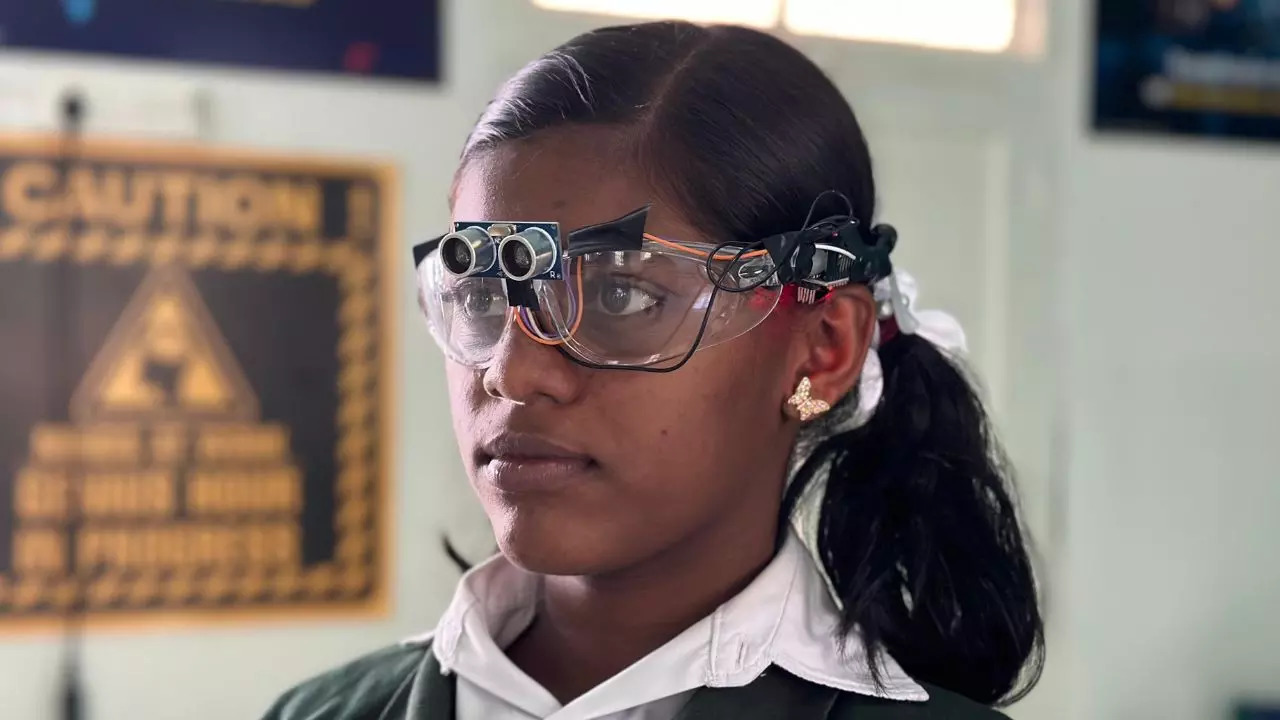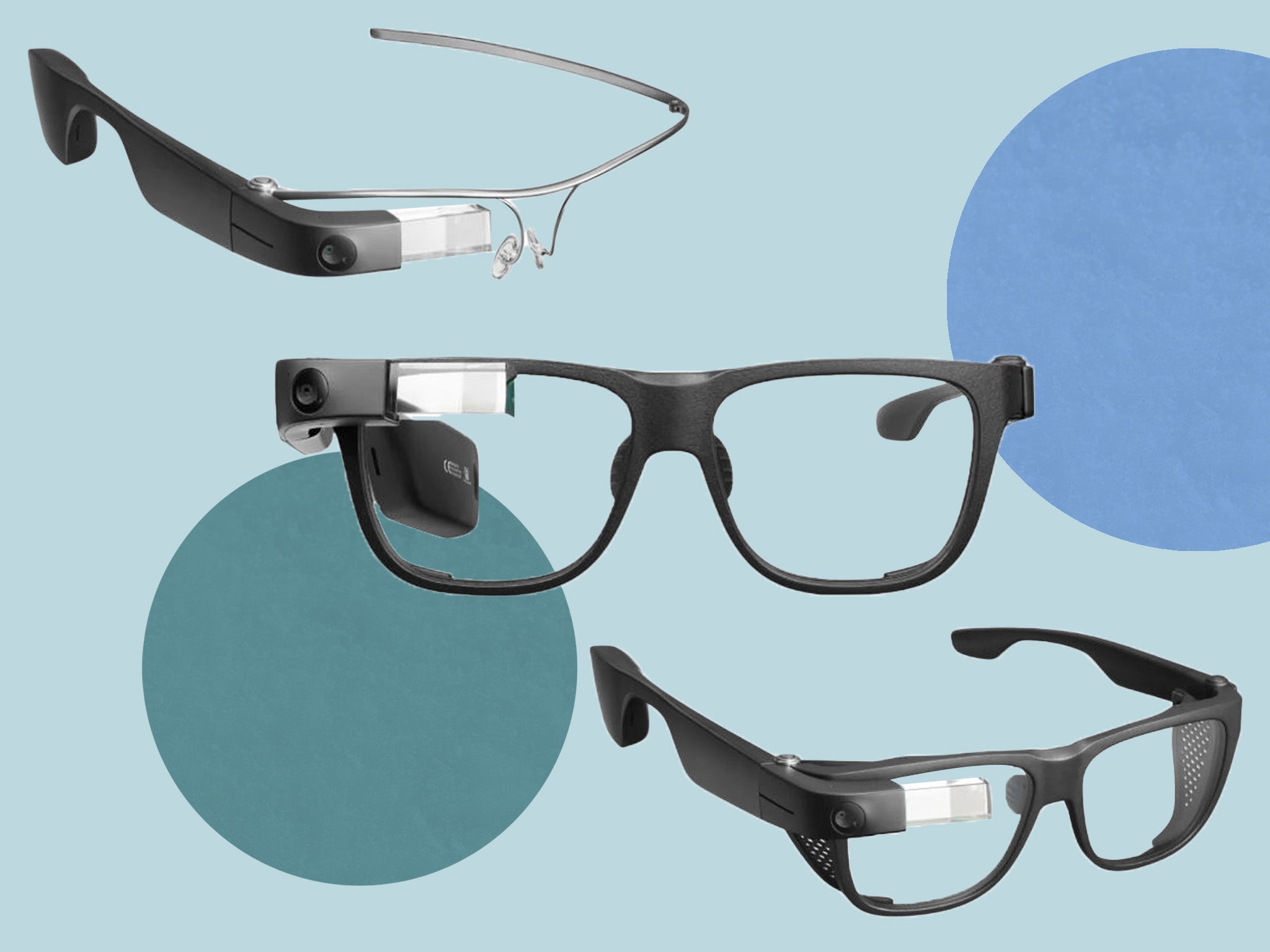Voice-Activated Assistive Devices: Empowering the Visually Impaired Through Innovation
Empowering Self-reliance With Assistive Innovation for the Blind
The assimilation of assistive technology for people that are blind or aesthetically impaired represents a considerable advancement in promoting freedom and enhancing high quality of life. With an array of devices-- from display viewers to innovative responsive devices-- these modern technologies not only promote navigating and communication but additionally promote social addition and engagement in different facets of life.
Recognizing Assistive Modern Technology
Although assistive technology has progressed considerably over the years, its fundamental function stays the very same: to boost the quality of life for individuals with specials needs, especially those that are blind or visually impaired. This technology encompasses a wide variety of devices and gadgets that promote independence and capability in day-to-day activities.
Assistive innovation can be classified right into sophisticated and low-tech remedies, each designed to meet specific requirements. High-tech devices commonly consist of software application applications, specialized hardware, and adaptive devices that utilize advanced technology to provide support in numerous contexts. Alternatively, low-tech options may involve everyday things that are customized to enhance accessibility, such as magnifiers or responsive pens.
The combination of assistive modern technology right into the lives of people who are blind or visually hindered not only promotes autonomy but also fosters social incorporation and involvement in specialist and instructional environments. By leveraging these technologies, users can browse their surroundings, gain access to info, and communicate properly, thereby improving their general top quality of life. Recognizing assistive technology is crucial for caregivers, specialists, and advocates that intend to support people in optimizing their potential and attaining greater self-reliance.
Kinds of Assistive Tools
Assistive tools for the blind and visually damaged are essential devices that boost daily obeying dealing with details difficulties experienced by users. These gadgets can be generally categorized into 3 main types: optical gadgets, digital devices, and sensory gadgets.

Sensory tools, such as Braille screens and responsive maps, supply alternative means to obtain details. Braille displays transform digital text into Braille, allowing customers to review via touch. Responsive maps provide spatial understanding with elevated structures and lines, permitting for better ecological recognition.
With each other, these assistive gadgets equip individuals with aesthetic problems to engage more completely with their environments, advertising higher freedom and self-confidence in daily tasks.

Effect on Every Day Life
The integration of assistive innovation right into the every day lives of individuals who are aesthetically impaired or blind substantially improves their capability to navigate and engage with the globe around them. Gadgets such as display visitors, Braille shows, and mobile applications promote access to information, permitting customers to engage with electronic content, connect efficiently, and manage day-to-day jobs individually.
Furthermore, modern technologies like clever glasses and navigation applications supply real-time aid in unfamiliar settings, boosting movement and confidence. These devices make it possible for individuals to determine challenges, reviewed signs, and even identify faces, thus fostering a sense of freedom in public spaces. Furthermore, home automation systems, which can be regulated with voice commands, allow individuals to handle their living environments much more efficiently, improving convenience and safety and security.
The impact of assistive technology extends beyond sensible jobs; it promotes social incorporation and emotional health. By linking the void between people and their environments, these innovations empower customers to participate completely in community activities, go after important link instructional chances, and take part in significant connections. Inevitably, the advancement of assistive technology is important in redefining the possibilities for people that are aesthetically damaged or blind, bring about a much more obtainable and comprehensive culture.
Success Stories and Reviews

An additional effective endorsement originates from Mark, a recent college graduate who utilized screen reading software throughout his academic journey. This technology allowed him to access course materials and participate in discussions, ultimately resulting in his successful change right into the labor force. Mark credits assistive innovation for equipping him to attain his career goals, stressing its function in leveling the having fun field for people with aesthetic problems.
Furthermore, neighborhood centers have reported raised participation in their programs thanks to the introduction of accessible electronic systems. These systems have made it simpler for individuals to attach, share sources, and support each other. These success tales collectively underscore the extensive impact of assistive modern technology in promoting self-reliance, improving high quality of life, and breaking down obstacles for the visually damaged and blind neighborhood.
Future Trends in Assistive Technology
Emerging modern technologies are positioned to revolutionize the landscape of assistive technology for individuals that are blind or visually damaged. Developments in expert system (AI) and maker learning are boosting the abilities of devices, allowing even more user-friendly customer experiences. AI-driven applications are progressively able to review and recognize things text aloud in real-time, giving users with beneficial information regarding their environments.
In addition, advancements in wearable technology are developing new possibilities for independence. Smart glasses geared up with increased reality functions can overlay critical information onto the individual's field of view, promoting navigating and communication with the setting. The combination of Net of Points (IoT) tools is enhancing ease of access in clever homes, allowing customers to regulate appliances and receive notices via voice commands or tactile interfaces.
The growth of braille displays and tactile comments systems is likewise rising, promoting accessibility to electronic content and boosting interaction. As these click for more info modern technologies continue to progress, they assure to enhance day-to-day living, educational opportunities, and employment leads for individuals with aesthetic impairments. Constant cooperation in between engineers, customers, and campaigning for groups will certainly be necessary in making certain these innovations fulfill the demands of the community effectively.
Final Thought
To conclude, assistive technology plays a pivotal duty in boosting the independence of individuals who are aesthetically impaired or blind. By offering essential tools and resources, these modern technologies promote improved access, communication, and navigating to details, thereby promoting autonomy and self-esteem. The transformative influence of assistive devices not just advertises reliable communication with the setting yet additionally motivates social incorporation and involvement in numerous aspects of life, inevitably empowering individuals to grow within their areas.
The combination of assistive innovation for people that are blind or aesthetically impaired stands for a considerable innovation in cultivating independence and improving quality of life.The integration of assistive technology into the lives of people who are family optometry blind or aesthetically hindered not only advertises autonomy however also cultivates social addition and engagement in professional and instructional atmospheres. Eventually, the development of assistive modern technology is crucial in redefining the opportunities for individuals that are aesthetically damaged or blind, leading to a much more available and comprehensive culture.
Lots of individuals that are visually impaired or blind have shared inspiring success tales that highlight the transformative effect of assistive modern technology on their lives.In conclusion, assistive innovation plays a crucial function in improving the freedom of individuals that are blind or aesthetically impaired.